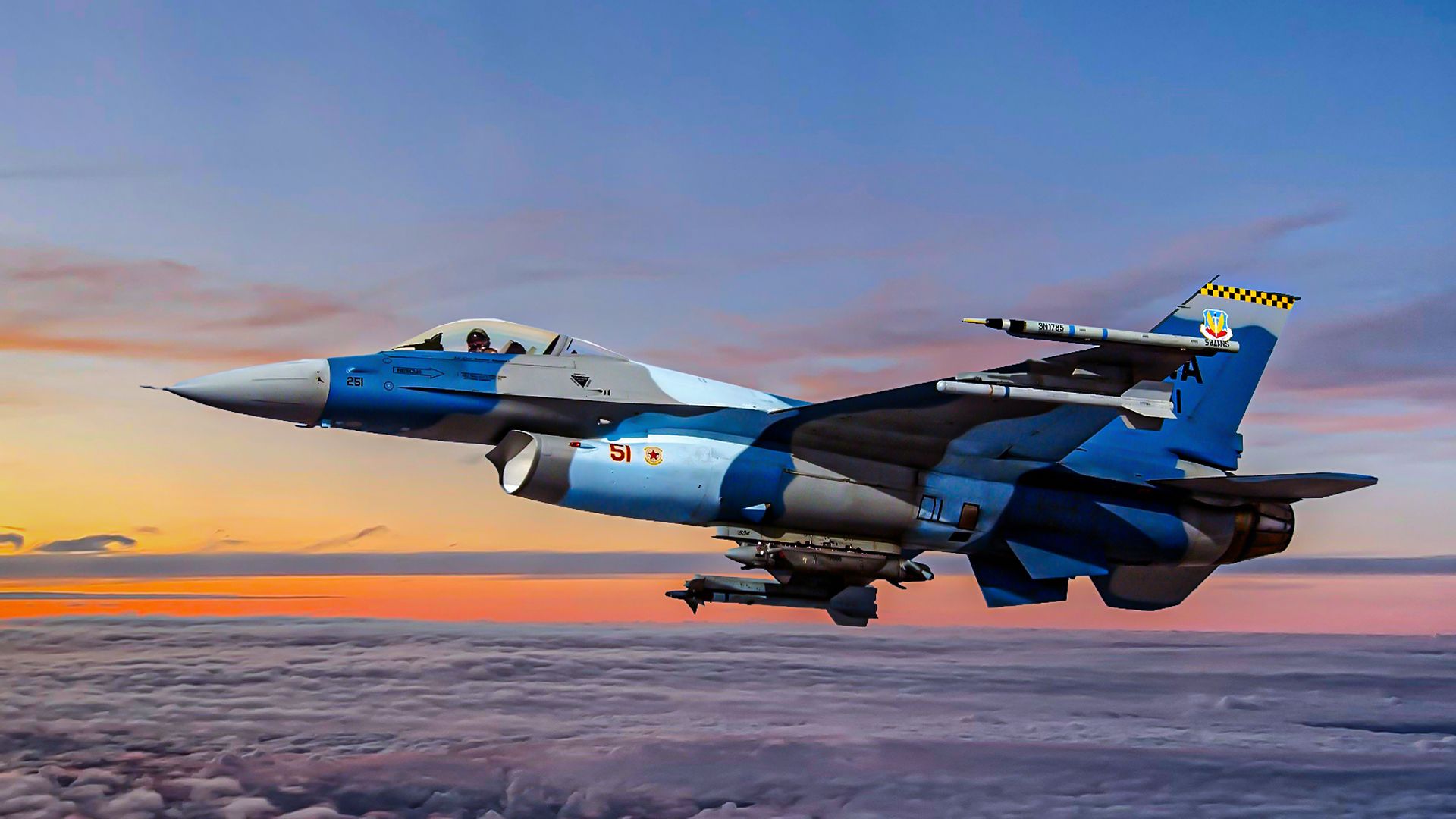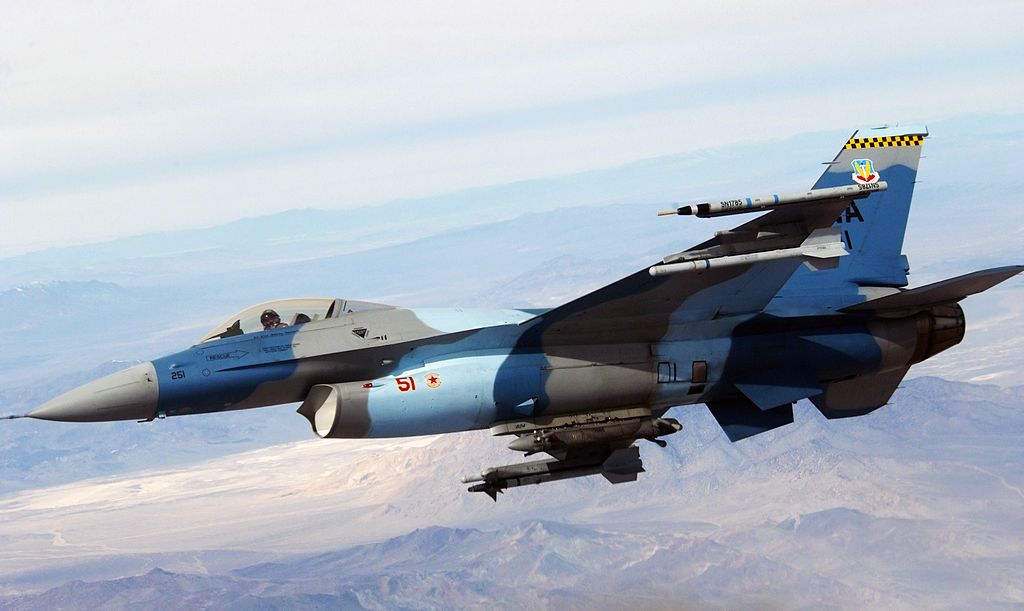Summary
- TAC, initially subordinate to Continental Air Command, was established in 1946 before becoming a separate MAJCOM, balancing strategic and tactical forces.
- Fighter pilots faced the Korean War & Vietnam War challenges, with F-86s combating MiG-15s in the former, F-4 Phantoms and F-105s battling MiG-17s and MiG-21s in the latter, and aggressive tactics evolving over time.
- TAC’s final success in the Persian Gulf War included contributions from the F-15 Eagle, helping Coalition air forces achieve a 40:1 kill ratio.
During the early years of the Cold War, the so-called “Bomber Mafia” of Strategic Air Command (SAC) ruled the proverbial roost of the United States Air Force, thanks in no small part to SAC’s senior leader, the hard-charging, cigar-chomping, no-nonsense, take-no-prisoners Gen. Curtis Emerson LeMay (November 15, 1906 – October 1, 1990).
But the USAF’s Cold War fighter pilots persevered, thanks to some hard-charging leaders of their own, organized under the rubric of their own Major Command (MAJCOM), Tactical Air Command (TAC), soon took over as the dominant entity of the USAF social pecking order, the “Fighter Mafia.” This Fighter Mafia dominance held firm even after the post-Cold War “peace dividend” merger of SAC and TAC into Air Combat Command (ACC). Simple Flying now takes a deeper dive into the story of TAC during the Cold War.
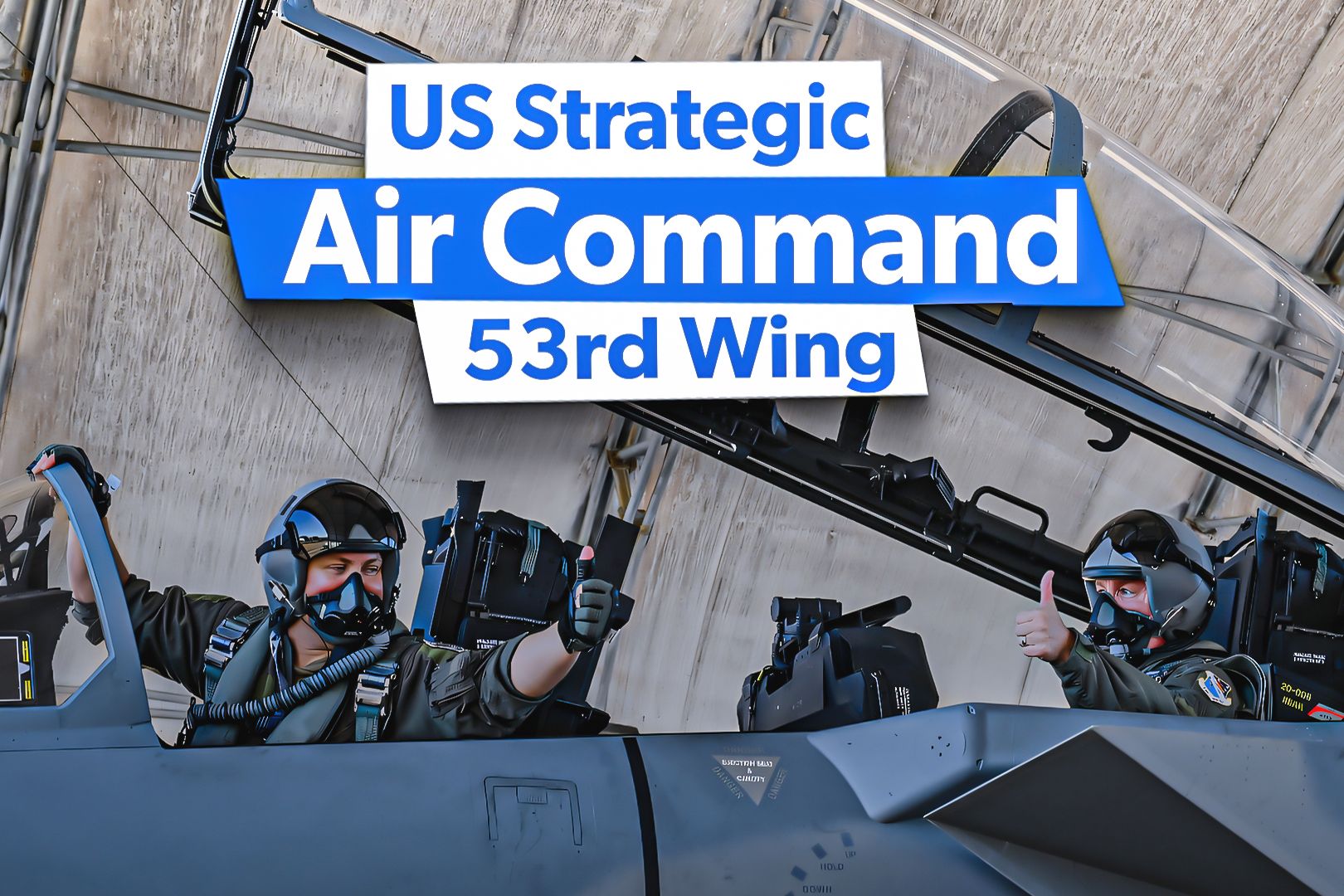
Related
Strategic Defense: What To Know About The US Air Combat Command
The Air Combat Command (ACC) is the post-Cold War successor to Tactical Air Command (TAC) and Strategic Air Command (SAC).
TAC: Where it began
In the immortal words of Neil Diamond’s song “Sweet Caroline,” “Where it began/I can’t begin to know when’/But then I know it growin’ strong…” Well, TAC’s beginnings predate the release of “Sweet Caroline” by 23 years, established on March 21, 1946 (a year and a half before the USAF actually became a separate and independent branch of the service from the US Army) and headquartered at Langley AFB, Virginia. Designed to provide a balance between strategic, air defense, and tactical forces of the post–World War II U.S. Army Air Forces followed by the then-fledgling USAF, TAC spent the first two years of its existence as a subordinate role to Continental Air Command before getting re-established as a separate MAJCOM in its own right.
TAC is “Blooded” in the Korean War
It was barely four years after the establishment of TAC (and three years after the US Air Force gained independence) that the American fighter jocks underwent TAC’s baptism of fire in the Korean War (which of course was officially a United Nations-led “police action” as opposed to an actually declared war). Fortunately for the American cause, it wasn’t the metaphorical “first rodeo” for many of TAC’s fighter pilot, as they were already battle-hardened thanks to their Second World War experiences.
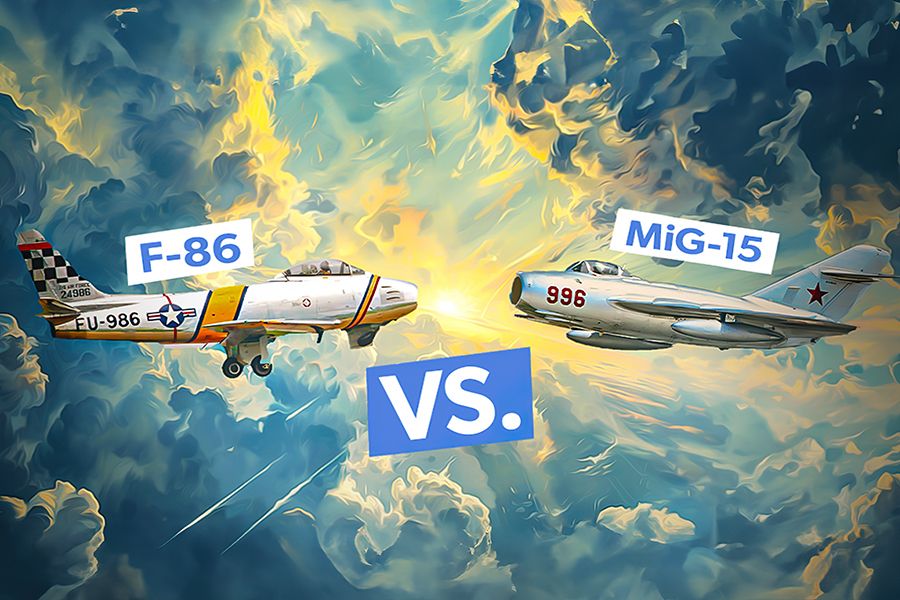
Related
Earliest Jet Dogfights: MiG-15 vs F-86 During The Korean War
These jets went toe-to-toe over Korean skies.
To cite just one example, there was Col Francis Stanley “Gabby” Gabreski (January 28, 1919 – January 31, 2002), who had been America’s top-scoring fighter ace of the European Theater of WWII with 28 air-to-air kills in a P-47 Thunderbolt, and then scored another six aerial victories during the Korean conflict, thus making “Gabby” one of only seven American pilots to become an ace in two wars!
The first TAC air-to-air kills in the skies over Korea’s “MiG Alley” were attained by the prop-driven North American F-82 Twin Mustang and the Lockheed P-80/F-80 Shooting Star. However, the F-80 would soon find itself outclassed by the Soviet-designed MiG-15 (NATO reporting name “Fagot,” as in a bundle of twigs), which took the US and its UN coalition allies by very unpleasant surprise. “Necessity is the mother of invention,” goeth the proverb, and that necessity, along with sheer desperation, prompted the invention and operational deployment of the North American F-86 Sabre in order to put TAC pilots on equal terms with the vaunted MiG-15.
Official USAF records declare a kill ratio of 10:1 in favor of the Sabre jet against the MiG-15. However, this claim is heavily disputed by many military historians, as many fighter pilots’ claims were inflated and exaggerated. A kill ratio of 5.6:1 is now considered a more realistic figure, and that gets whittled down further to 1.3:1 when you factor in the MiGs that were (ahem, cough, cough) “unofficially” flown by Soviet pilots (one of the worst-kept secrets of the war).
Whatever the actual numbers, the F-86 did enable the TAC warriors to reclaim in the air war over the Korean Peninsula, and though it wasn’t sufficient to gain an outright victory (remember, the war never officially ended, as major hostilities were halted via armistice rather than a bona fide peace treaty), it was enough to restore the status quo ante (i.e. restoration of the two Koreas’ border at the 38th Parallel) and ensured that South Korea (officially the Republic of Korea [ROK]/대한민국 /Daehanminguk) would end up as the vibrant free-market democracy that it is today.
“North Korea would not admit the bloody war was cold
They destroyed the peace that was barely five years old
Ploughshares we had meant to build became a bloody sword
The price was 33,000 lives but the peace was restored.”
–“Cold Warriors” by Dick Jonas, Lt. Col., USAF (Ret.)
The 1960s and 1970s: the Vietnam War and the ascendancy of the “Fighter Mafia”
“Ten years later, Vietnam became a bloody scene
The Army and the Air Force, Navy and Marines
Fought the battle, gave their all, a half a million strong
Watched their buddies blown to bits in a hot war ten years long”
–Dick Jonas’s “Cold Warriors” (again)
The Vietnam War was, of course, the first war that the United States lost, though it can be very reasonably argued that the war (contrary to the assertions of mainstream media and academia pundits alike) was lost in the political arena rather than on the battlefield.
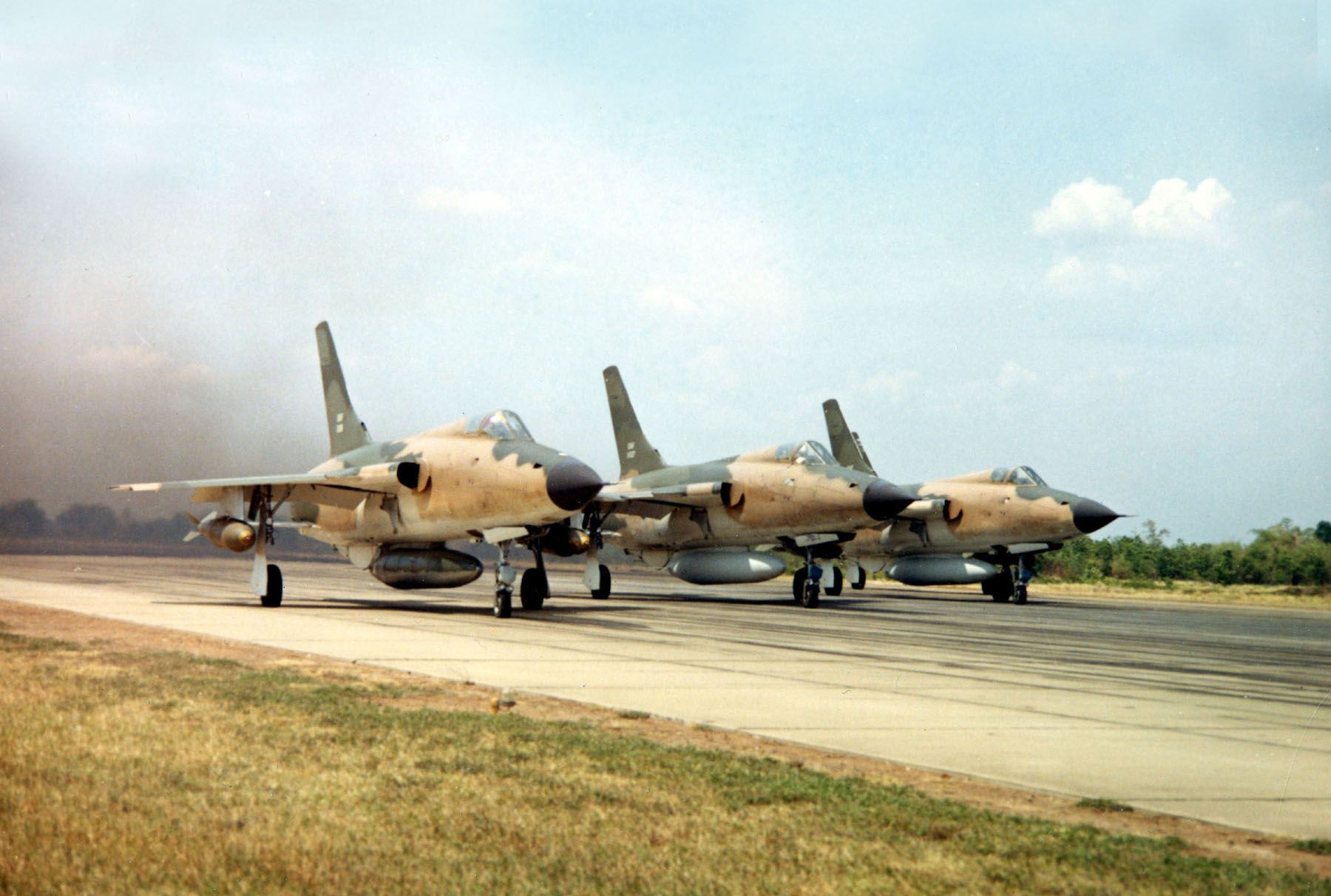
Related
5 Military Aircraft That Defined The Vietnam War
Many different fixed-wing aircraft were involved in the war – on both sides.
The early years of the Vietnam War were indeed some dark times for TAC, thanks in no small part to the ridiculously restrictive rules of engagement (ROEs) foisted upon the American fighter and bomber drivers alike by then-US President Lyndon Baines Johnson and Secretary of Defense (SECDEF) Robert Strange McNamara, which did much to cancel out the on-paper advantages that the McDonnell Douglas F-4 Phantom IIs had over North Vietnamese MiG-21 “Fishbeds” and MiG-17 “Frescoes.”
Though I don’t have the book in front of me as I type these words, I seem to recall that the late great Tom Clancy (gone but not forgotten), in his non-fiction book “Fighter Wing: A Guided Tour of an Air Force Combat Wing,” cited kill ratios that generally hovered around 2:1 and at one point even reached a nadir of 0.86:1, i.e. a kill ratio in favor of the Communist enemy!
The sentiments of America’s Vietnam War combat aviation veterans are captured in another Dick Jonas song, “Viet Vet“:
Nonetheless, the pilots of the F-4s and the Republic F-105 Thunderchief fighter-bombers (AKA the “Thud”) fought on to the bloody bitter end. And, though they weren’t allowed to win the war, the TAC heroes were at least allowed to fight the war more effectively once Richard M. Nixon replaced LBJ as POTUS, as “Tricky Dick” removed a lot of the ROE shackles of his predecessor. In addition, the TAC pilots applied the tragic lessons learned during the earlier years of the war and started using more aggressive and effective tactics, thanks in no small part to the arrival on-scene of Col. (later retired Brig. Gen.) Robin Olds, a WWII double ace who seamlessly transitioned to jet-to-jet combat in Nam. Robin Olds’ exploits during Operation Bolo are legendary in the fighter pilot community.
During the last six months of America’s direct involvement in the Vietnam War (August 1972-January 1973), TAC’s MiGCAPs (MiG Combat Air Patrols) racked up a 15:1 kill ratio, and the USAF’s overall kill ratio for the war ended up at 3.8:1.
It was also during this time that the “Fighter Mafia” gained ascendancy over the “Bomber Mafia.” This was thanks to the efforts of a bold but controversial group of USAF fighter pilots and civilian defense analysts who advocated for fighter design criteria in opposition to those of the design boards of the time and the use of Col. John Boyd of “OODA Loop” [Observe-Orient-Decide-Act] fame) and Thomas P. Christie’s energy-maneuverability (E-M) theory in designing fighter aircraft.
This then-new Mafia influenced the specifications for the F-X Program and went on to independently develop specifications for the Light Weight Fighter (LWF)…which eventually resulted in the creation of that sleek fighter jet we now know and love as the F-16 Fighting Falcon AKA the “Viper.”
TAC’s last hurrah: the 1991 Persian Gulf War AKA Operation Desert Storm
TAC’s last major shooting war before its dissolution ended with a bang. This time the TAC jocks were not hampered by Vietnam-style ROEs, and this freedom of engagement paid off handsomely. Coalition Forces enjoyed a 40:1 kill ratio against then-Iraqi dictator Saddam Hussein’s Iraqi Air Force (IqAF), and the lion’s share of of these kills were scored by TAC F-15 Eagle drivers. US Navy and Marine fighter pilots scored one kill apiece, and one Royal Saudi Air Force (RSAF) F-15 pilot, then-Captain (نقيب/Naqib) Ayehid Salah al-Shamrani of the RSAF’s No 13 Squadron downed two IqAF Mirage F1EQs.
On paper, Saddam’s MiG-29 “Fulcrum” fighters were supposed to be evenly matched with the F-15, but in actual combat, the Fulcrums were totally outclassed by the better-trained Eagle pilots. Meanwhile, TAC’s A-10 Warthogs made life a living hell for Iraqi Army tanks and armored personnel carriers (APCs).
In turn, TAC fighter pilots suffered zero air-to-air losses. The only Coalition Forces pilot to fall victim to an IqAF fighter was a US Navy F/A-18 Hornet pilot, then-LCDR Michael Scott Speicher (later posthumously promoted to CAPT), who perished when his plane was shot down by a MiG-25 “Foxbat” piloted by IqAF Mulazim/ملازم (2nd Lt) Zuhair Dawoud on the first night of the war.
As for TAC’s F-16 Fighting Falcons, yes, they were definitely a major participant in Desert Storm. However, the Viper didn’t score its first air-to-air kill until December 27, 1992, six months after ACC had replaced TAC.
Musical postscript
Since I’ve been regaling you dear readers with Dick Jonas songs throughout this article, it’s only fitting that I conclude with one more song of his (and a live recording for good measure), once wherein he actually makes TAC by name in the lyrics (at the 1:06 mark):
“Oh, there ain’t no fighter pilots up at TAC
Oh, there ain’t no fighter pilots up at TAC
‘Cause the place is full of brass
Sitting around on their fat @$$
Oh, there ain’t no fighter pilots up in TAC.”

